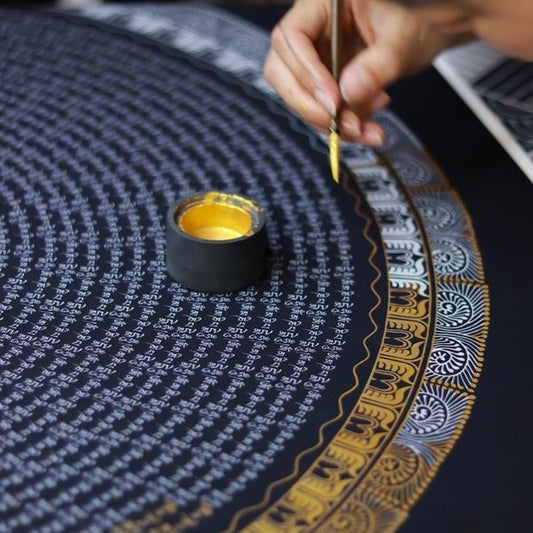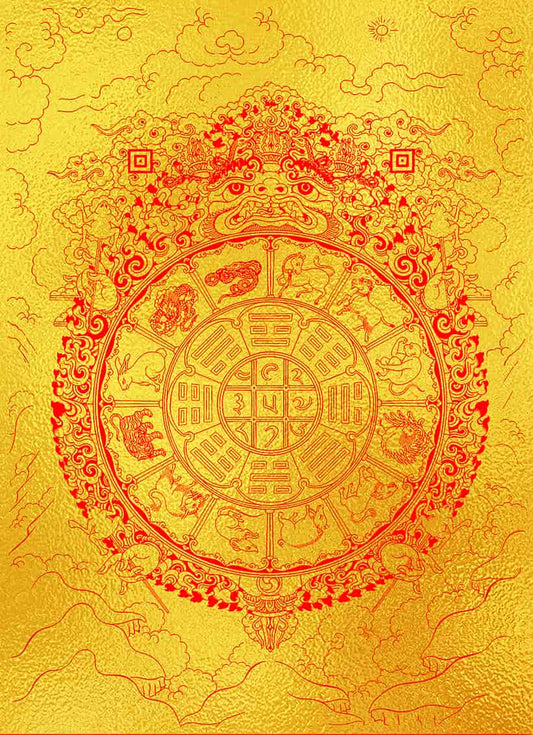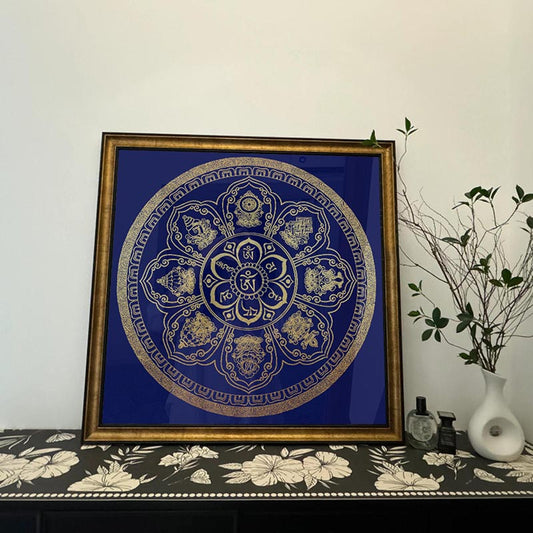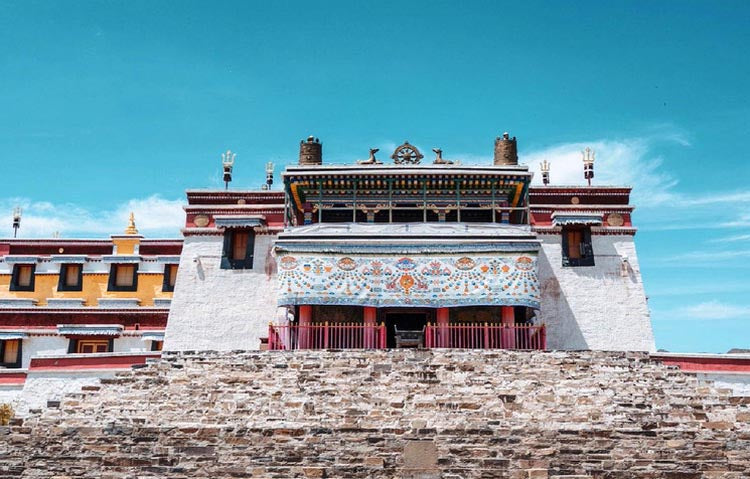Buddha in Tibetan Art The Soul of Thangka
Buddha in Tibetan Art The Soul of Thangka
When we think of art, we often consider it in terms of creativity and expression — a dance of colors, lines, and forms. But within the world of Tibetan thangka, art becomes a vessel for spirituality, a path to enlightenment embodied in every brushstroke. Amongst the countless deities and symbolic representations, the figure of the Buddha stands as a beacon of peace and wisdom, inviting us to explore a realm where art and spirituality blend seamlessly.
In the quiet and serene monasteries perched high in the Himalayas, thangka paintings of the Buddha are not mere decorations. They are living scriptures, conveying teachings that have been handed down through generations. Each canvas reveals a story, a cosmic dance, where every detail matters. The precise posture of the Buddha, the serene expression, the intricately depicted hand gestures, or mudras — each element holds a key to understanding his teachings and the path to enlightenment.
One of the most captivating aspects of these paintings is their use of color, which is never random. The deep cobalt blues and radiant golds are not just visually striking. In Tibetan art, each pigment carries symbolic weight, evoking specific spiritual qualities. Gold, often used for the Buddha’s halo or body, resonates with the divine, representing purity and immortality. It's fascinating to consider how many of these pigments are sourced naturally — some painstakingly collected from plants or ground from minerals, adding an element of reverence for nature and its gifts.
Training to create such a thangka is no small feat. It requires decades of disciplined study under a master artist, often within a monastic setting. The process of painting is itself a meditation, a practice of mindfulness and devotion. It’s not uncommon for artists to begin their work with prayers and to imbue each brushstroke with intention. This devotion ensures that each depiction of the Buddha is more than an image — it becomes a spiritual artifact, a conduit between the material and the sacred.
Historically, the tradition of thangka painting traces back to the early spread of Buddhism across Tibet. As monastic communities grew, so did the need to preserve and propagate the teachings. Thangka served this purpose beautifully — portable, durable, and profoundly instructive. They became essential tools used in teaching and in meditation, guiding practitioners along their path.
For a Western observer, encountering a thangka of the Buddha can be a profound experience. It invites a connection with a distant culture, one that views art not as an end but as a means to transcendence. In a world where the pace of life can be overwhelming, the quiet gaze of the Buddha offers a moment of stillness.
In the end, Tibetan art teaches us to look beyond the surface, to see harmony where there seems to be chaos, and to find peace amid the clamor of our daily lives. Like the Buddha's teachings, it asks us to be present, aware, and compassionate. And in that presence, we might just discover art’s greatest gift — the opening of the heart.





